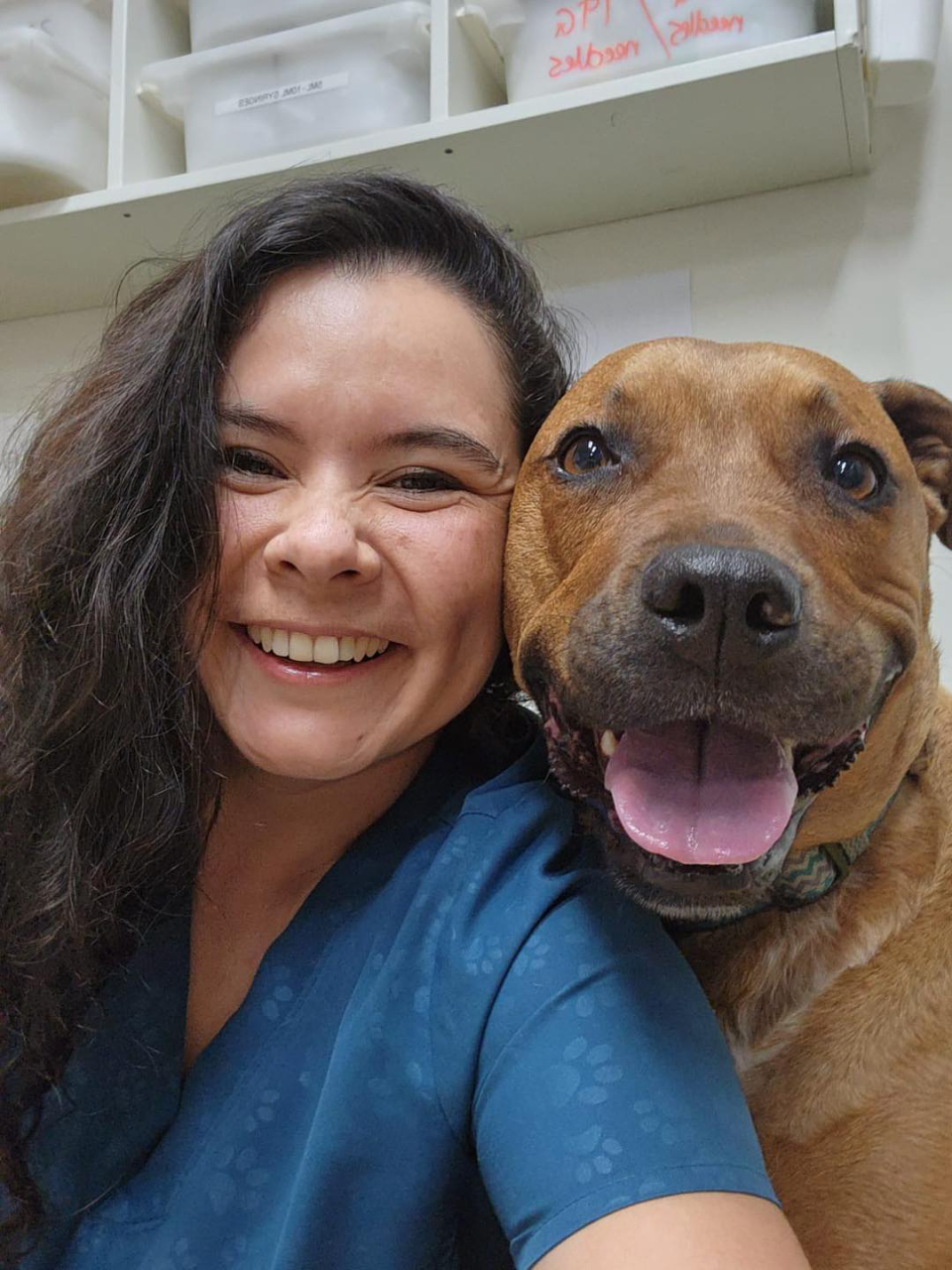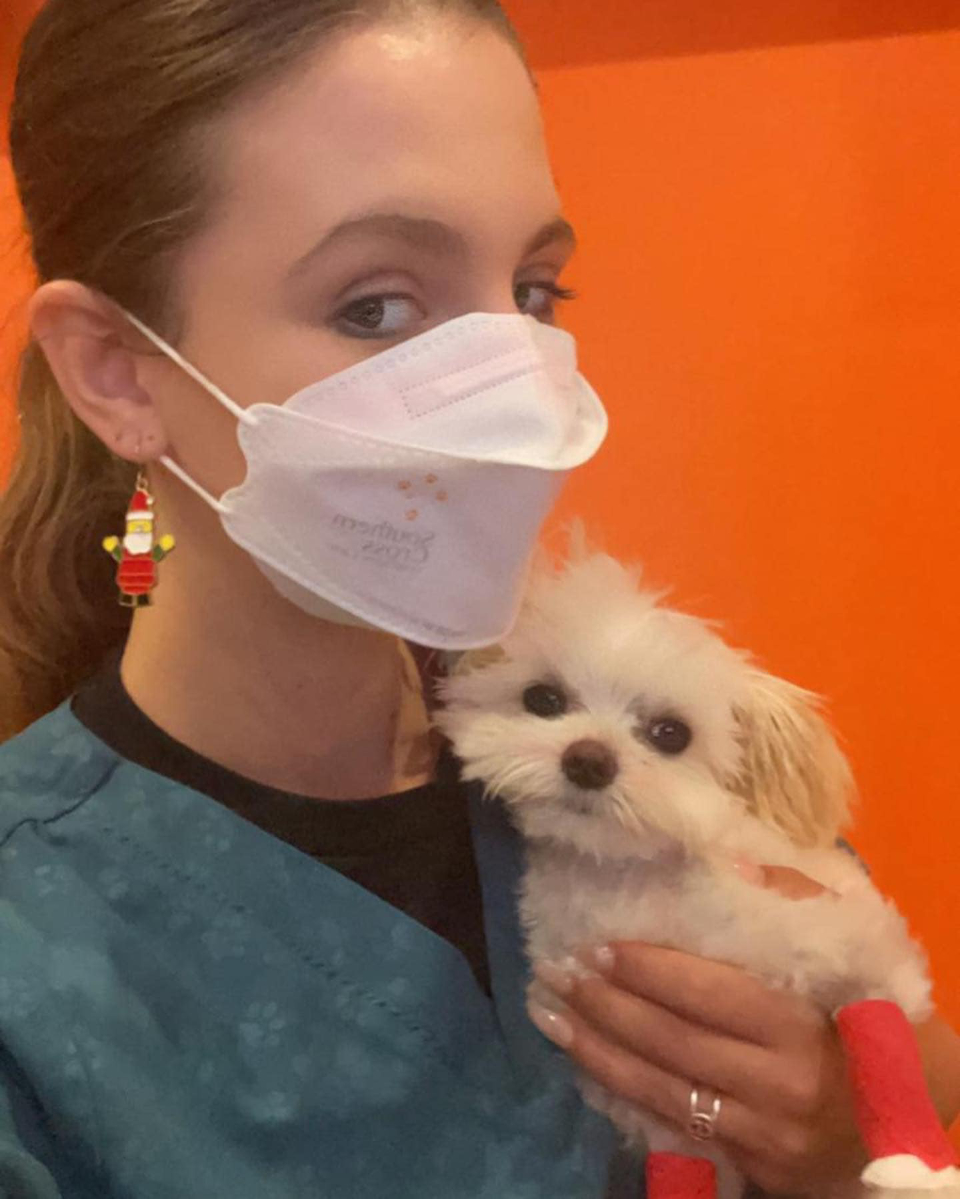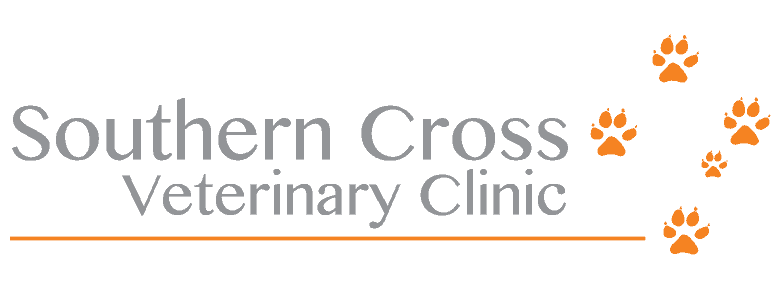Cushing's Disease in Dogs and Cats
A Comprehensive Guide for Pet Owners
This guide is designed for pet owners who want to understand Cushing's disease (hyperadrenocorticism) in their pets and make informed decisions about diagnosis and treatment.
Disclaimer: This content is for informational purposes only and is not a substitute for professional veterinary advice. Always consult a veterinarian for personalised guidance.

What is Cushing's Disease?
Cushing's disease, medically known as hyperadrenocorticism, is a hormonal disorder that occurs when your pet's body produces excessive amounts of cortisol, a vital steroid hormone. Named after Professor Harvey Cushing who discovered this condition in the 1920s, this disease affects the delicate balance of hormones that keep your pet healthy.
The adrenal glands, located above both kidneys, are responsible for producing cortisol—your pet's natural version of cortisone or steroids. When these glands malfunction and produce too much cortisol, it creates a cascade of health problems that can affect multiple organ systems throughout your pet's body.
Types of Cushing's Disease
There are three primary forms of Cushing's disease:
Pituitary-Dependent Hyperadrenocorticism (PDH):
This accounts for approximately 90% of canine cases and occurs when an overactive pituitary gland in the brain produces too much adrenocorticotropic hormone (ACTH), which instructs the adrenal glands to make excessive cortisol.
Adrenal-Dependent Hyperadrenocorticism:
This form involves a cortisol-producing tumor in the adrenal gland itself, accounting for about 10-15% of cases.
Latrogenic
Cushing's Disease:
This occurs from prolonged administration of corticosteroid medications, making it the most preventable form of the disease.
Recognising the Signs of cushing's
Symptoms of Cushing's Disease in Dogs
Cushing's disease affects multiple organ systems, causing a variety of symptoms that pet owners may notice. The most common signs include:
Primary Symptoms
- Excessive thirst (polydipsia): Your dog may drink significantly more water than usual.
- Excessive urination (polyuria): Frequent urination, including possible house accidents.
- Increased appetite (polyphagia): Constant hunger and food-seeking behavior.
- Panting: Even when not hot or after exercise.
- "Pot belly" appearance: Abdominal distension due to enlarged liver and weakened abdominal muscles.
- Skin problems: Including thinning fur, blackheads (comedones), and recurrent skin infections.
- Hair loss (alopecia): Often described as "wispy old man" fur that becomes thin and patchy.
Secondary Symptoms
- Heat intolerance
- Lethargy and weakness
- Recurrent urinary tract infections
- Slow wound healing
- Muscle weakness, particularly in the hind legs
If you notice any of these symptoms in your pet, don't wait—early diagnosis is key to successful treatment.

Breeds at Higher Risk
While Cushing's disease can affect any dog, certain breeds show a higher predisposition:
- Poodles (all sizes)
- Dachshunds
- Boston Terriers
- Beagles
- Corgis
- German Shepherds
- Labrador Retrievers
- Golden Retrievers
The disease typically affects middle-aged to older dogs, with most diagnoses occurring between 8-12 years of age.
Advanced Diagnostic Approach
At Southern Cross Veterinary Clinic, we utilize the most current diagnostic protocols to ensure accurate diagnosis:
ACTH Stimulation Test - The Gold Standard:
This test remains the most reliable diagnostic tool for Cushing's disease. We administer a synthetic version of ACTH and measure cortisol levels before and after injection. Vetoryl (trilostane) is the only drug approved by the FDA to treat both pituitary- and adrenal-dependent Cushing's in dogs, and proper diagnosis is essential before initiating treatment.
Low Dose Dexamethasone
Suppression Test (LDDST):
When the ACTH stimulation test results are inconclusive, we may use this secondary test. While it has a higher rate of false negatives, it can be valuable in certain cases where Cushing's is strongly suspected.
Abdominal Ultrasound:
This imaging technique helps us visualize the adrenal glands and identify any tumors. Enlarged adrenal glands (typically 2x normal size) are often visible in dogs with pituitary-dependent disease.
Additional Testing:
We may recommend blood chemistry panels, complete blood counts, and urinalysis to assess the impact of Cushing's on other organ systems and rule out concurrent conditions.
Ready to get your pet tested? Our state-of-the-art diagnostic facilities can provide same-day ACTH stimulation testing.
Our Treatment Philosophy and Approach
Why We Recommend Trilostane as First-Line Treatment
Trilostane is reported to be safe and effective in the treatment of pituitary-dependent hyperadrenocorticism (HAC), adrenal-dependent HAC, and alopecia X. At Southern Cross Veterinary Clinic, we have extensive experience with trilostane therapy and have found it to be the safest and most effective treatment option for most patients.
How Trilostane Works: Trilostane works by competitively inhibiting the enzyme 3β-hydroxysteroid dehydrogenase, which is essential for cortisol production in the adrenal glands. Unlike older treatments that destroy adrenal tissue, trilostane provides reversible enzyme inhibition, making it much safer for long-term use.
Alternative Treatment Options and Why We Don't Recommend Them
Mitotane (Lysodren®):
Historically used, mitotane is a cytotoxic drug that destroys adrenal tissue. We consider this treatment outdated for dogs due to:
- Higher risk of life-threatening adrenal insufficiency.
- More severe side effects.
- Irreversible damage to adrenal tissue.
- More complex monitoring requirements. Note: Mitotane is occasionally used for feline Cushing’s but is less effective and riskier than trilostane.
Ketoconazole:
This antifungal medication can inhibit cortisol synthesis but is associated with significant liver toxicity and is less effective than trilostane.
Selegiline:
Originally developed for treating cognitive dysfunction, selegiline has shown limited efficacy in treating Cushing's disease and is not considered a reliable treatment option.
Our Individualised Treatment Protocol
We customise treatment based on several factors:
Family Factors:
- Commitment to regular monitoring
- Financial considerations
- Ability to observe and report changes in symptoms
- Lifestyle factors (travel, multiple homes)
- Risk tolerance
Patient Factors:
- Age and overall health status
- Concurrent medical conditions
- Current medications
- Severity of symptoms
- Body weight and condition
Dosing and Monitoring
There is no standard dose of trilostane—we've successfully treated 10kg dogs requiring 90mg twice daily and 40kg dogs needing only 30mg once daily. Twice-daily low trilostane doses have proven to be effective to manage canine Cushing's syndrome,
Vetoryl vs. Compounded Trilostane
We prefer FDA-approved Vetoryl when available (10mg, 30mg, 60mg, and 120mg capsules). We only use compounded trilostane when the required dose isn't available commercially.
Our compounding pharmacy in Sydney has provided high-quality trilostane for over ten years, and we can customize flavors (chicken, liver, beef, fish, or cheese) and formulations (capsules or liquid) to suit your pet's preferences.
Cost of Treating Cushing’s Disease in Australia
Trilostane therapy typically costs $2-10 per day, translating to hundreds or thousands of dollars annually, depending on your pet’s size and dose. Additional costs include regular ACTH stimulation tests (approximately $150-300 each) and consultations. However, proper treatment prevents costly complications such as:
- Emergency treatment for diabetic crises.
- Management of recurrent infections.
- Treatment of liver disease.
- Cardiovascular complications.
Financial Consideration:
If regular monitoring cannot be maintained due to financial constraints, it's safer not to treat Cushing's disease at all, as improperly monitored treatment can be life-threatening. At Southern Cross Veterinary Clinic, we offer flexible payment plans to help manage costs.
Concerned about treatment costs? Our team can discuss payment options and create a monitoring schedule that works for your family.
Understanding Addison's Disease Risk
The opposite of Cushing's disease is Addison's disease (adrenal insufficiency), which can occur during treatment. Addison's episodes don't represent treatment failure but rather a known risk that requires immediate veterinary attention.
Signs of potential Addison's crisis include:
- Sudden lethargy or weakness.
- Vomiting or diarrhoea.
- Loss of appetite.
- Collapse.
Emergency Alert: If your pet on trilostane shows any of these signs, contact us immediately at 1300 DOC SAM (1300 362 726) or seek emergency veterinary care.
What Happens Without Treatment?
Untreated Cushing's disease rarely kills directly, but its complications frequently do. Common causes of death in untreated cases include:
- Acute pancreatitis.
- Severe liver disease.
- Diabetic emergencies leading to septicemia.
- Cardiovascular events (strokes, heart attacks) due to hypercoagulable blood
Kidney stones and urinary complications.
Natural Supplements and Alternative Approaches
While some "adrenal tonics" like turmeric, ginseng, and chamomile may support general adrenal health, there are no natural supplements that effectively control Cushing's disease. The safe and effective doses for dogs are unknown, making these supplements unreliable treatment options.
However, we may recommend supportive supplements for Cushing's-related complications, such as milk thistle for dogs with concurrent liver disease (steroid hepatopathy).
Cushing's Disease in Cats
Cushing's disease is significantly rarer in cats compared to dogs, primarily because cats tend to be more resistant to higher levels of cortisol, especially if iatrogenic. Most feline Cushing's occurs in females (75% of the time).
Unique Aspects of Feline Cushing's Disease
Diagnostic Challenges: Definitive diagnosis in cats may be challenging, with the most reliable diagnosis coming from the LDDST. It is important to note that dexamethasone dosing for cats is greater than the effective canine dose.
Clinical Signs in Cats:
- Excessive urination and drinking.
- Increased appetite.
- Abdominal enlargement.
- Skin fragility and delayed wound healing.
- Diabetes mellitus (more common in cats than dogs with Cushing's).
- Muscle weakness.
- Lethargy.
Treatment Differences:
Two drugs may be used to treat Cushing's in cats: trilostane (brand name Vetoryl®) and mitotane (brand name Lysodren®). Trilostane appears more effective than mitotane, which is riskier but occasionally used due to limited feline-specific options.
Prognosis:
The prognosis for cats with Cushing's disease is generally more guarded than for dogs, partly due to the higher frequency of concurrent diabetes mellitus and the challenges in achieving optimal control of cortisol levels.
Have a cat showing signs of Cushing's disease? Our experienced team can provide specialized feline endocrine care.
Emotional Impact of Managing Cushing’s Disease
Diagnosing and treating Cushing’s disease can be emotionally challenging for pet owners. The stress of monitoring symptoms, managing medication schedules, and covering treatment costs can feel overwhelming. At Southern Cross Veterinary Clinic, we support families through this journey with clear communication, flexible monitoring plans, and compassionate care to ensure both you and your pet thrive.
Questions to Ask Your Veterinarian
When discussing Cushing's disease with your veterinarian, consider asking:
- What type of Cushing's disease does my pet have?
- What are the expected improvements with treatment?
- How often will monitoring be required?
- What are the signs of over-treatment I should watch for?
- What is the long-term prognosis for my pet?
- How will treatment affect my pet's other medical conditions?
- What are my options if trilostane isn't effective?
- How much will treatment and monitoring cost over time?
CUSHING'S F.A.Q
Why Choose Southern Cross Veterinary Clinic for Cushing's Management
Our clinic offers:
- Comprehensive diagnostic capabilities with in-house ACTH stimulation testing.
- Over a decade of experience managing Cushing's disease.
- Personalized treatment protocols based on individual patient and family needs.
- High-quality compounded medications when needed.
- Ongoing support and monitoring throughout treatment.
- Emergency protocols for managing complications.
“Southern Cross Veterinary Clinic’s protocols for managing Cushing’s disease align with the latest AAHA guidelines, ensuring top-tier care for pets.” — Dr. Jane Smith, Veterinary Endocrinologist
Medical GLOSSARY
ACTH (Adrenocorticotropic Hormone): A hormone produced by the pituitary gland that stimulates the adrenal glands to produce cortisol.
Adrenal Glands: Small glands located above each kidney that produce essential hormones including cortisol.
Alopecia: Hair loss or baldness.
Comedones: Blackheads caused by blocked hair follicles.
Cortisol: A steroid hormone produced by the adrenal glands that helps regulate metabolism, immune response, and stress.
Hyperadrenocorticism: The medical term for Cushing's disease, meaning excessive production of adrenal hormones.
Hypercoagulable: A condition where blood clots more easily than normal.
Iatrogenic: Caused by medical treatment, especially prolonged steroid administration.
LDDST (Low Dose Dexamethasone Suppression Test): A diagnostic test that measures the body's response to synthetic steroids.
Pituitary Gland: A small gland at the base of the brain that produces hormones controlling other glands.
Polydipsia: Excessive thirst and drinking.
Polyphagia: Excessive appetite and eating.
Polyuria: Excessive urination.
Steroid Hepatopathy: Liver changes caused by excess cortisol.
Trilostane: The medication of choice for treating Cushing's disease that blocks cortisol production.
REFERRENCES
U.S. Food and Drug Administration. (2024). Treating Cushing's Disease in Dogs. Retrieved from https://www.fda.gov/consumers/consumer-updates/treating-cushings-disease-dogs
Ramsey, I. K., & Ristic, J. M. (2007). Update on the use of trilostane in dogs. Journal of Veterinary Internal Medicine, 21(5), 1002-1010. https://doi.org/10.1111/j.1939-1676.2007.tb03049.x
García San José, P., et al. (2022). Survival of dogs with pituitary‐dependent hyperadrenocorticism treated twice daily with low doses of trilostane. Veterinary Record, 190(11), e1630. https://doi.org/10.1002/vetr.1630
American Animal Hospital Association. (2024). Feline Hyperadrenocorticism/Hypercortisolism Guidelines. Retrieved from https://www.aaha.org/resources/2023-aaha-selected-endocrinopathies-of-dogs-and-cats-guidelines/
Merck Veterinary Manual. (2024). Cushing Disease (Pituitary-Dependent Hyperadrenocorticism) in Animals. Retrieved from https://www.merckvetmanual.com/endocrine-system/the-pituitary-gland/cushing-disease-pituitary-dependent-hyperadrenocorticism-in-animals
About the Author
Dr. Sam Kovac BVSc (Merit) has been a dedicated veterinary surgeon since childhood, developing particular expertise in oncology, internal medicine, and animal behavior. With extensive experience in endocrine disorders, Dr. Sam is committed to providing the most current and comprehensive care for pets with Cushing's disease and their families. Learn more about our team.
If you suspect your pet may have Cushing's disease or have questions about managing this condition, please contact Southern Cross Veterinary Clinic to schedule a consultation. Early diagnosis and proper treatment can significantly improve your pet's quality of life and longevity.

